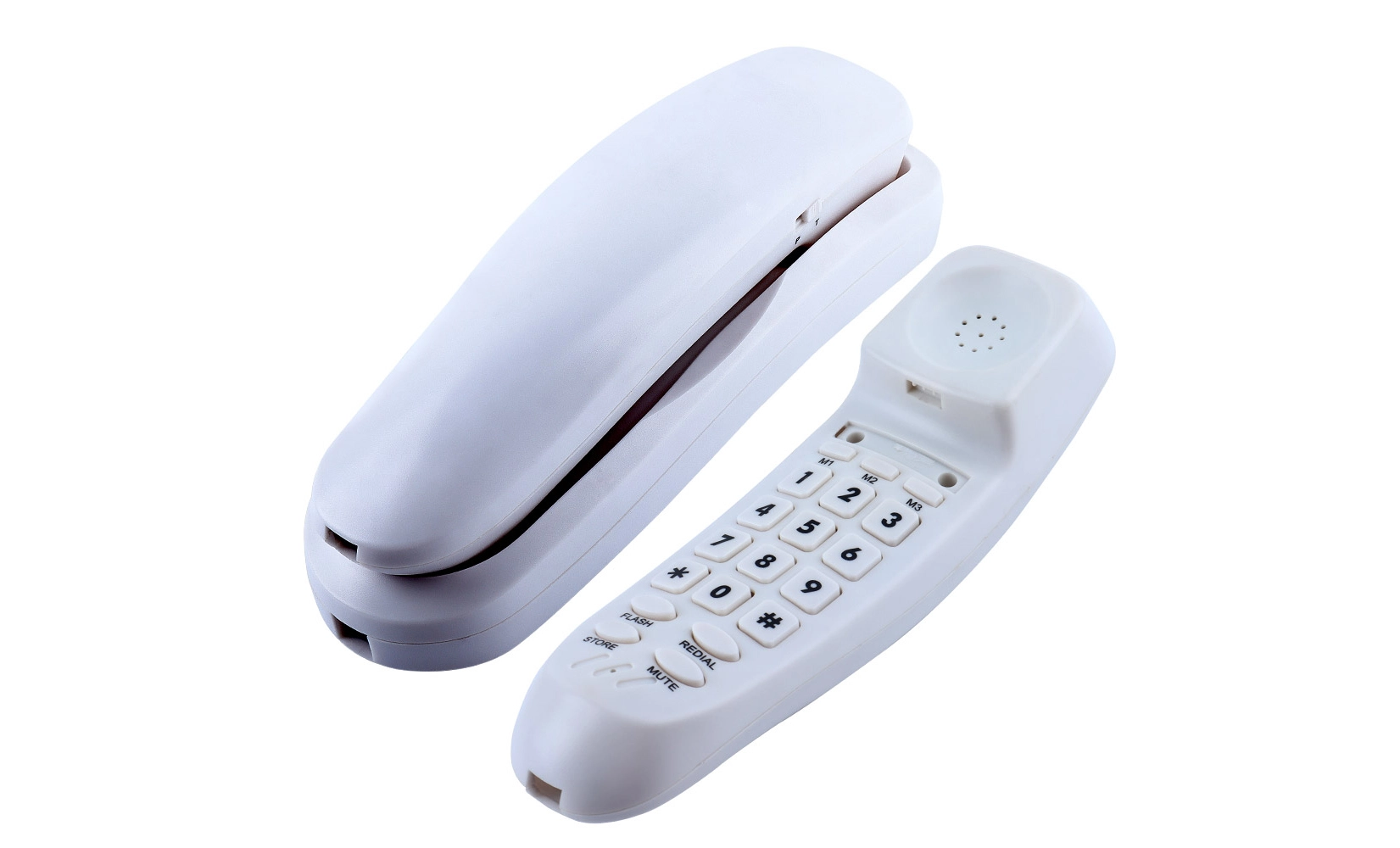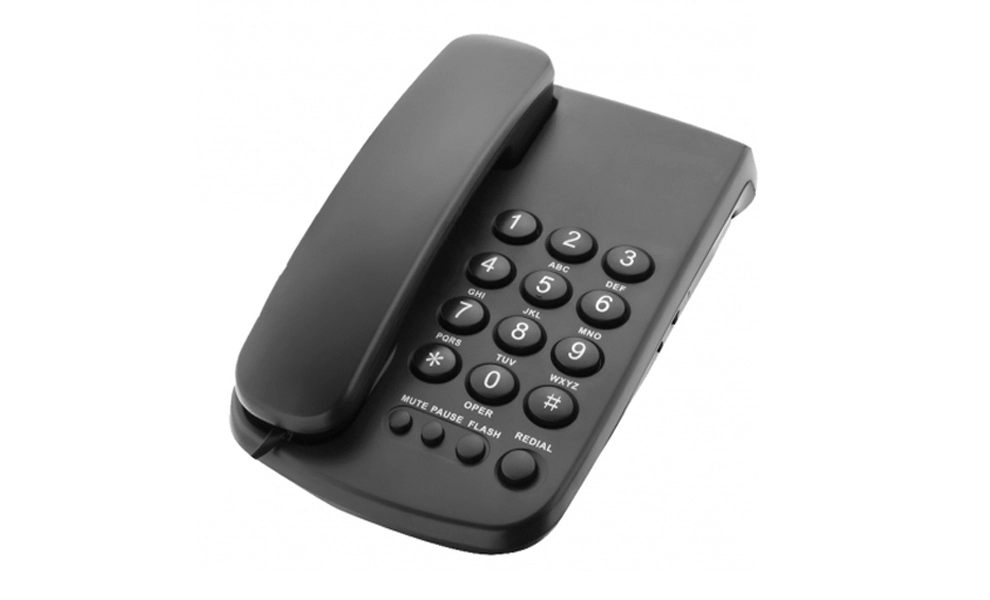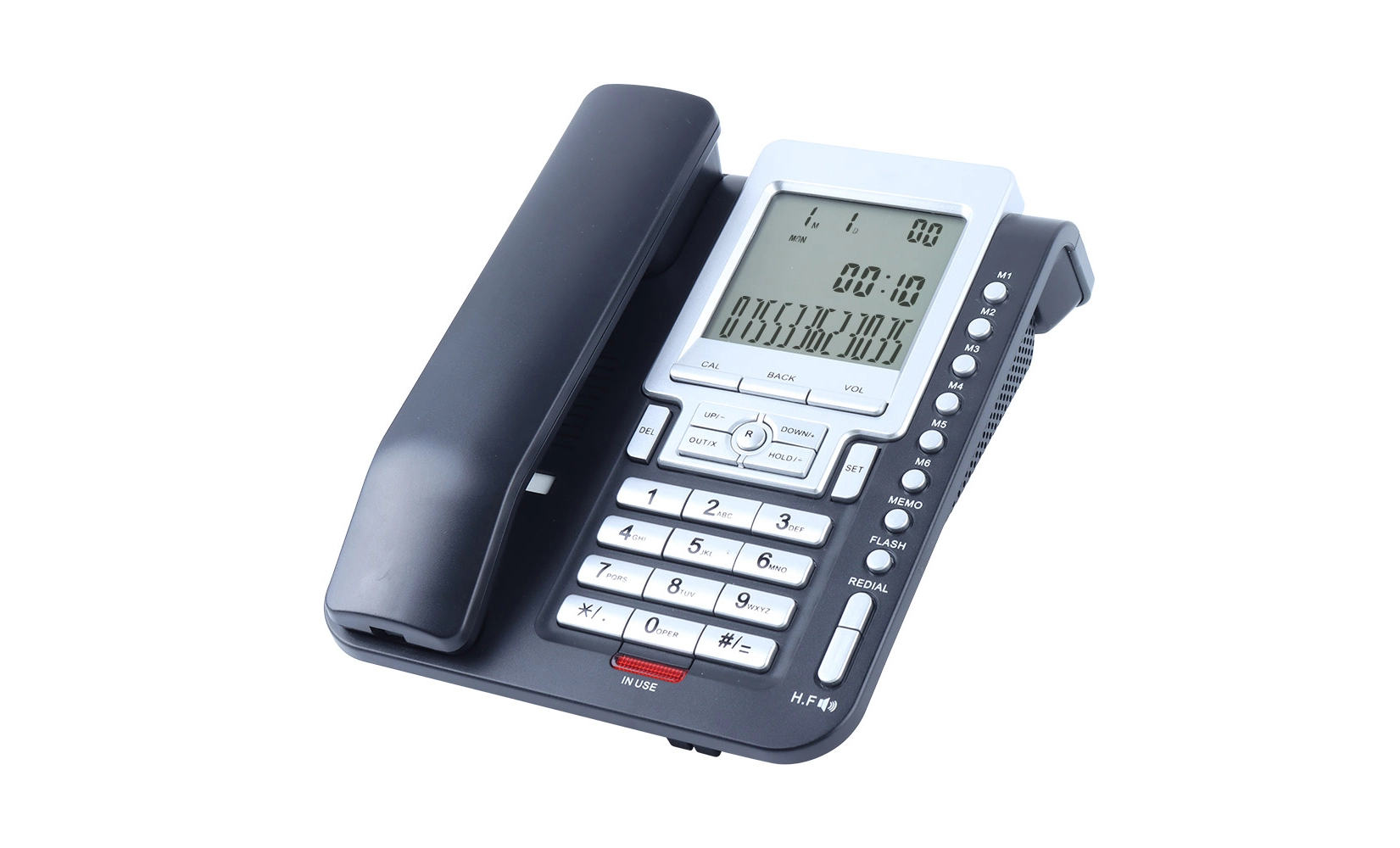The Evolution of Hospital Communication Systems
From Rotary Dials to Digital Innovation
The journey of hospital communication systems has been a fascinating evolution, mirroring the rapid advancements in technology over the decades. In the early days, rotary dial phones were the standard, requiring nurses and doctors to manually input each digit, a process that could be time-consuming and error-prone in high-stress situations. As technology progressed, push-button phones emerged, offering quicker dialing and the ability to store frequently used numbers.
The introduction of trimline telephones marked a significant milestone in this evolution. These sleek, compact devices offered a perfect balance between functionality and space-efficiency, a crucial factor in the often cramped hospital environments. The trimline telephone's innovative design, with its dial pad integrated into the handset, allowed for easier use while taking up minimal space on bedside tables or mounted on walls.
The Rise of Digital Communication in Healthcare
As the digital age dawned, hospital communication systems underwent another transformation. The integration of digital technology into telephone systems opened up new possibilities for healthcare communication. Voice over Internet Protocol (VoIP) systems began to make inroads, offering features like call routing, voicemail-to-email transcription, and integration with electronic health records (EHR) systems.
Despite these digital advancements, the humble trimline telephone has maintained its relevance in hospital settings. Its reliability, ease of use, and durability continue to make it a preferred choice, especially in patient rooms and areas where simplicity and dependability are paramount. Modern trimline phones have adapted to incorporate some digital features while retaining their core strengths, striking a balance between innovation and tried-and-true functionality.
The Enduring Appeal of Trimline Telephones in Healthcare
The enduring popularity of trimline telephones in healthcare settings is a testament to their design's effectiveness. These devices have evolved to meet the specific needs of hospital environments without losing their essential simplicity. Features like large, backlit buttons for easy visibility in dimly lit rooms, hearing aid compatibility for patients with auditory impairments, and robust construction to withstand frequent sanitization have been incorporated into modern trimline models.
Moreover, the wall-mount capability of trimline phones addresses a critical need in hospital room design. By freeing up valuable surface space, these phones contribute to a cleaner, more organized patient environment. This not only improves the aesthetic of the room but also reduces potential hazards and makes it easier for staff to maintain a sterile environment.
Key Features of Trimline Phones in Medical Settings
Space-Efficient Design
One of the most significant advantages of trimline telephones in hospital settings is their space-efficient design. In medical environments where every square inch counts, the compact nature of these phones is invaluable. Wall-mounted trimline phones take up virtually no floor or surface space, allowing for more medical equipment, patient comfort items, or simply providing a less cluttered environment.
The slim profile of trimline phones also contributes to a more open and less intimidating patient room atmosphere. This design consideration is not merely aesthetic; it can have practical implications for patient care. A less cluttered room is easier to clean and maintain, reducing the risk of hospital-acquired infections. Additionally, the streamlined appearance can contribute to a sense of calm and order, which can be beneficial for patient recovery and staff efficiency.
Durability and Hygiene
In a hospital setting, equipment durability is paramount, and trimline telephones excel in this aspect. These phones are built to withstand the rigors of constant use in a high-traffic environment. The robust construction of trimline phones means they can endure frequent handling by multiple users without degradation in performance or appearance.
Equally important is the ability to maintain hygiene standards. Trimline phones are designed with smooth surfaces and minimal crevices, making them easy to clean and disinfect. Many models feature antimicrobial coatings on the handset and buttons, providing an additional layer of protection against the spread of bacteria and viruses. This feature is crucial in a healthcare setting where preventing the transmission of infections is a top priority.
Accessibility and Ease of Use
Accessibility is a critical consideration in hospital communication systems, and trimline phones address this need effectively. Many models feature large, high-contrast buttons that are easy to see and press, even for patients with visual impairments or limited dexterity. The ergonomic design of the handset ensures comfort during extended conversations, which can be particularly important for patients who may need to make lengthy calls to family members or healthcare providers.
Furthermore, the simplicity of trimline phones makes them intuitive to use for patients of all ages and technological backgrounds. In stressful medical situations, the last thing a patient or staff member needs is a complicated communication device. The straightforward operation of trimline phones ensures that anyone can make a call quickly and easily, without the need for extensive instructions or technical support.
The Impact of Trimline Phones on Hospital Efficiency
Streamlining Communication Workflows
Trimline telephones play a crucial role in streamlining communication workflows within hospitals. Their reliability and ease of use contribute significantly to efficient information exchange between various departments, staff members, and patients. In a fast-paced hospital environment, where every second counts, the ability to quickly and clearly communicate can make a substantial difference in patient care outcomes.
Many trimline phone models used in hospitals are equipped with programmable speed dial buttons. These can be set to connect directly to frequently called departments such as the pharmacy, laboratory, or emergency room. This feature not only saves time but also reduces the likelihood of dialing errors, ensuring that critical information reaches the right destination promptly.
Enhancing Patient Experience
The impact of trimline phones extends beyond staff efficiency to directly influence patient experience. For many patients, especially those undergoing extended hospital stays, the bedside phone serves as a vital link to the outside world. The clarity of sound and ease of use offered by trimline telephones ensure that patients can communicate comfortably with loved ones, contributing to their emotional well-being during recovery.
Moreover, the presence of a reliable, easy-to-use phone can provide patients with a sense of security. Knowing they can easily reach a nurse or family member if needed can alleviate anxiety and contribute to a more positive hospital experience. This aspect of patient care, while often overlooked, can play a significant role in overall patient satisfaction and recovery outcomes.
Cost-Effectiveness and Maintenance
From an administrative perspective, trimline telephones offer a cost-effective solution for hospital communication needs. Their durability means they require less frequent replacement compared to more complex digital systems. The simplicity of their design also translates to lower maintenance costs, as there are fewer components that can malfunction or require repair.
Additionally, the energy efficiency of trimline phones contributes to lower operational costs for hospitals. Unlike more power-hungry digital systems, these phones consume minimal electricity, aligning with many hospitals' efforts to reduce their environmental footprint and cut energy expenses. This combination of longevity, low maintenance requirements, and energy efficiency makes trimline phones an economically sound choice for healthcare facilities.
Conclusion
The preference for trimline wall mount phones in medical settings is not merely a matter of tradition but a reflection of their enduring practicality and adaptability to the unique demands of healthcare environments. These devices strike a perfect balance between simplicity and functionality, offering reliable communication without the complexity that can hinder efficiency in critical situations. As hospitals continue to evolve and incorporate new technologies, the trimline telephone remains a steadfast tool, complementing more advanced systems while providing a dependable, user-friendly communication option for staff and patients alike.
While digital innovations continue to transform many aspects of healthcare, the trimline telephone's role in hospital communication systems remains secure. Its space-efficient design, durability, ease of use, and contribution to maintaining hygiene standards make it an invaluable asset in medical settings. As long as there is a need for straightforward, reliable communication in hospitals, the trimline telephone will likely continue to be a fixture on walls and bedsides, silently supporting the critical work of healthcare professionals and the recovery journey of patients.
Medical-grade slimline phones with low failure rates | CHEETA
CHEETA, a professional analog telephone manufacturer with over 18 years of OEM/ODM experience, specializes in producing high-quality communication devices for various industries, including healthcare. Our 1,200㎡ factory, staffed by 100+ skilled workers and 10 senior engineers, ensures a daily production capacity of 1,000 analog units. We prioritize quality and reliability, implementing 11 rigorous inspection steps that result in an impressively low failure rate of under 1%.
Our products comply with CE, RoHS, FCC, and UN38.3 regulations, guaranteeing safety and performance. CHEETA's commitment to innovation is evident in our weekly design sessions and global case studies, allowing us to continuously refine and upgrade our products to meet evolving customer needs. For more information about our telephone products tailored for medical environments, please contact us at allen@cheeta.com.cn.





